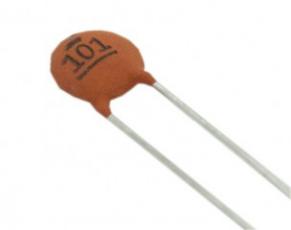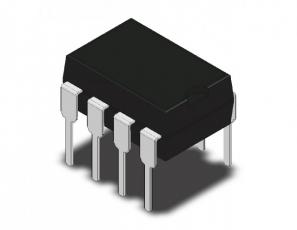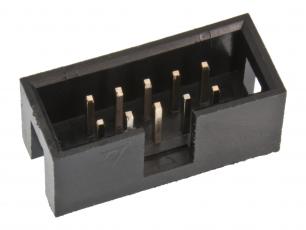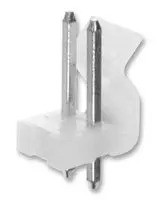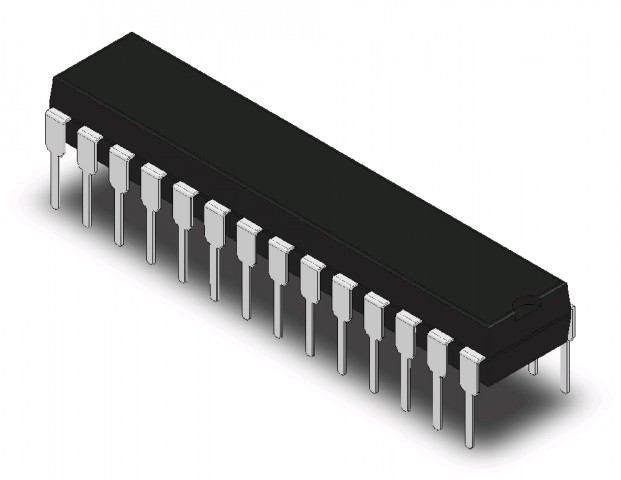Product description
20-Pin USB Flash Microcontrollers with nanoWatt Technology
Universal Serial Bus Features:
* USB V2.0 Compliant SIE
* Low Speed (1.5 Mb/s) and Full Speed (12 Mb/s)
* Supports Control, Interrupt, Isochronous and Bulk Transfers
* Supports up to 16 Endpoints (8 bidirectional)
* 256-byte Dual Access RAM for USB
* Input-change interrupt on D+/D- for detecting physical connection to USB host
Power-Managed Modes:
* Run: CPU on, peripherals on
* Idle: CPU off, peripherals on
* Sleep: CPU off, peripherals off
* Idle mode currents down to 1.0 µA, typical
* Sleep mode current down to 0.1 µA, typical
* Timer1 Oscillator: 1.0 µA, 32 kHz, 1.8V, typical
* Watchdog Timer: 2.0 µA, 1.8V, typical
* Two-Speed Oscillator Start-up
Peripheral Highlights:
* High-current sink/source 25 mA/25 mA
* Three programmable external interrupts
* 7 independent input-change interrupts
* 7 independent weak pull-ups
* Programmable slew rate
* Capture/Compare/PWM (CCP) module
* Enhanced Capture/Compare/PWM (ECCP) module:
- One, two, three, or four PWM outputs
- Selectable polarity
- Programmable dead time
- Auto-shutdown and Auto-restart
* Master Synchronous Serial Port (MSSP) module supporting 3-wire SPI (all 4 modes) and I2
C Master and Slave modes with address mask
* Enhanced Addressable USART module:
- Supports RS-485, RS-232 and LIN 2.0
- RS-232 operation using internal oscillator block (no external crystal required)
- Auto-Wake-up on Break
- Auto-Baud Detect
* 10-bit, up to 9-channel Analog-to-Digital Converter module (ADC): - Auto-acquisition capability
- Conversion available during Sleep
- Internal 1.024V Fixed Voltage Reference (FVR) channel
- Independent input multiplexing
* Dual analog comparators
- Rail-to-rail operation
- Independent input multiplexing
- SR Latch mode
* Programmable On-Chip Voltage Reference (CVREF) module (% of VDD) or 1.024V Fixed Voltage Reference (FVR)
* On-chip 3.2V LDO Regulator (PIC18F1XK50 devices only)
Flexible Oscillator Structure:
* CPU divider to run the core slower than the USB peripheral
* Four Crystal modes, up to 48 MHz
* 4X Phase Lock Loop
* External RC modes, up to 4 MHz
* External Clock modes, up to 48 MHz
* Internal oscillator block:
- 8 user selectable frequencies, from 31 kHz to 16 MHz
- Provides a complete range of clock speeds from 31 kHz to 32 MHz when used with PLL
- User tunable to compensate for frequency drift
* Secondary oscillator using Timer1 at 32 kHz
* Fail-Safe Clock Monitor:
- Allows for safe shutdown if primary or secondary oscillator stops
Special Microcontroller Features:
* C compiler optimized architecture:
- Optional extended instruction set designed to optimize re-entrant code
* Self-programmable under software control
* Priority levels for interrupts
* 8 x 8 Single-Cycle Hardware Multiplier
* Extended Watchdog Timer (WDT):
- Programmable period from 4 ms to 131s
* Single-supply 3V In-Circuit Serial Programming (ICSP) via two pins
* Operating voltage range:
- 1.8V to 3.6V (PIC18LF1XK50)
- 1.8V to 5.5V (PIC18F1XK50)
* Programmable Brown-out Reset (BOR)
- With software enable option
* Two-Speed Start-up mode
Universal Serial Bus Features:
* USB V2.0 Compliant SIE
* Low Speed (1.5 Mb/s) and Full Speed (12 Mb/s)
* Supports Control, Interrupt, Isochronous and Bulk Transfers
* Supports up to 16 Endpoints (8 bidirectional)
* 256-byte Dual Access RAM for USB
* Input-change interrupt on D+/D- for detecting physical connection to USB host
Power-Managed Modes:
* Run: CPU on, peripherals on
* Idle: CPU off, peripherals on
* Sleep: CPU off, peripherals off
* Idle mode currents down to 1.0 µA, typical
* Sleep mode current down to 0.1 µA, typical
* Timer1 Oscillator: 1.0 µA, 32 kHz, 1.8V, typical
* Watchdog Timer: 2.0 µA, 1.8V, typical
* Two-Speed Oscillator Start-up
Peripheral Highlights:
* High-current sink/source 25 mA/25 mA
* Three programmable external interrupts
* 7 independent input-change interrupts
* 7 independent weak pull-ups
* Programmable slew rate
* Capture/Compare/PWM (CCP) module
* Enhanced Capture/Compare/PWM (ECCP) module:
- One, two, three, or four PWM outputs
- Selectable polarity
- Programmable dead time
- Auto-shutdown and Auto-restart
* Master Synchronous Serial Port (MSSP) module supporting 3-wire SPI (all 4 modes) and I2
C Master and Slave modes with address mask
* Enhanced Addressable USART module:
- Supports RS-485, RS-232 and LIN 2.0
- RS-232 operation using internal oscillator block (no external crystal required)
- Auto-Wake-up on Break
- Auto-Baud Detect
* 10-bit, up to 9-channel Analog-to-Digital Converter module (ADC): - Auto-acquisition capability
- Conversion available during Sleep
- Internal 1.024V Fixed Voltage Reference (FVR) channel
- Independent input multiplexing
* Dual analog comparators
- Rail-to-rail operation
- Independent input multiplexing
- SR Latch mode
* Programmable On-Chip Voltage Reference (CVREF) module (% of VDD) or 1.024V Fixed Voltage Reference (FVR)
* On-chip 3.2V LDO Regulator (PIC18F1XK50 devices only)
Flexible Oscillator Structure:
* CPU divider to run the core slower than the USB peripheral
* Four Crystal modes, up to 48 MHz
* 4X Phase Lock Loop
* External RC modes, up to 4 MHz
* External Clock modes, up to 48 MHz
* Internal oscillator block:
- 8 user selectable frequencies, from 31 kHz to 16 MHz
- Provides a complete range of clock speeds from 31 kHz to 32 MHz when used with PLL
- User tunable to compensate for frequency drift
* Secondary oscillator using Timer1 at 32 kHz
* Fail-Safe Clock Monitor:
- Allows for safe shutdown if primary or secondary oscillator stops
Special Microcontroller Features:
* C compiler optimized architecture:
- Optional extended instruction set designed to optimize re-entrant code
* Self-programmable under software control
* Priority levels for interrupts
* 8 x 8 Single-Cycle Hardware Multiplier
* Extended Watchdog Timer (WDT):
- Programmable period from 4 ms to 131s
* Single-supply 3V In-Circuit Serial Programming (ICSP) via two pins
* Operating voltage range:
- 1.8V to 3.6V (PIC18LF1XK50)
- 1.8V to 5.5V (PIC18F1XK50)
* Programmable Brown-out Reset (BOR)
- With software enable option
* Two-Speed Start-up mode



